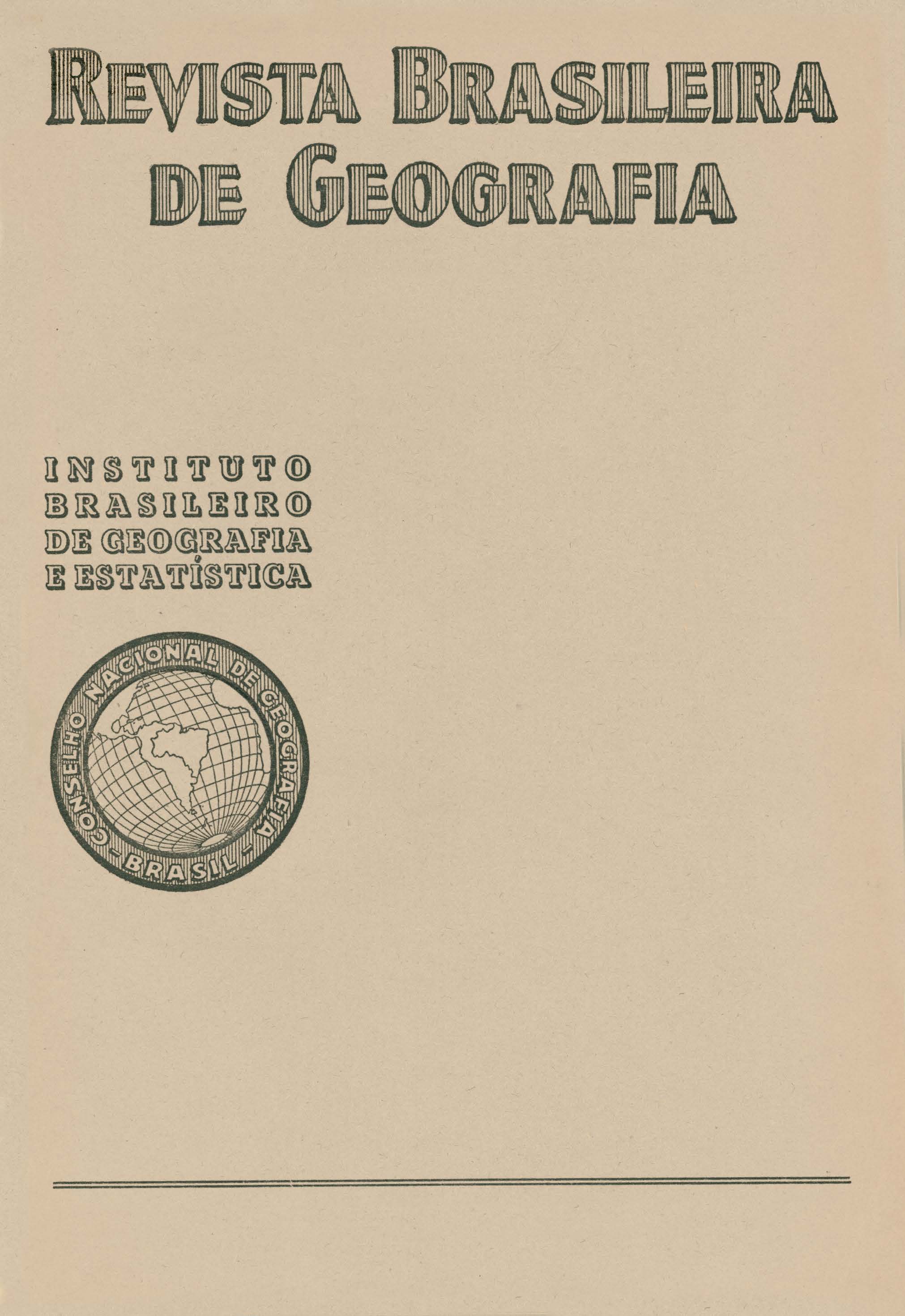Observações geográficas na Amazônia
Palavras-chave:
Amazônia, Geografia Humana, Geomorfologia, Solos, Geografia EconômicaResumo
In the 1st chapter the author writes about the population density, mentioning the density zones, the geographic distribution and analyses the reason for the differences in density in the various zones of the Amazon region. He states that the average density in of 0.41 inhabitants persquare kilometer and that 74% of the population is clustered on an area of about 10% of the total area of that region. The Marajó-island is thickly peopled in relation to the other areas (2.5 inhabitants per square kilometer), and the Belem region has 14.4 inhabitants per square kilometer and is the most closely peopled.
The 2nd chapter concerns the diseases as well as the human geography. It shows that there is a great variety of tropical diseases, the germs of which find in that region good living conditions. As regards malaria, the Amazon region must be considered moderately unhealthy, being, however, less affected than other similar regions in Africa and Asia. The author is of the opinion that this unhealthiness cannot be tee reason for the poor population of that region. In a special chapter he gives the latest data of the Public Health Department and discusses various interesting subjects such as the question of knowing whether malaria is a disease which has recently appeared in the Amazon region the kinds of anophelines which transmit it particularly the Anopheles Darling, which is considered its principal transmitter, the geographic distribution of that disease, the number of cases, etc.. He concludes that in the past malaria constituted a great obstacle to that region being used to advantage, but that now-a-days it does represent great danger due to the progress in hygiene and medicine, and the Amazon region can no longer to considered as one of the most unhealthy in the world.
In the 3rd chapter the author writes about the problem relating to population and compares that of the Amazon region with that of the Congo woods, making considerations about the occupation by the demographic development in that area. He states that in Congo which, due to its climate, relief and vegetation, is most similar to the Amazon region, the demographic density is seven times larger and its least peopled territory does not show the demographic emptiness of certain territories in the Amazon region.
The 4th chapter refers to the rural habitat and rural habitations, and the author states that the habitat is very scattered due to the methods of exploration used there. He describes the types of habitation and the means of living of the inhabitants, revealing the low level of life resulting from the economic system which is being followed.
In the 5th chapter he writes at length about the economic geography, studying the localization of cultivated areas, the tillage systems, the type of alimentation of the rural population, the small trade along the rivers and concludes that due to the economic and technic discordance between the native and the town's inhabitants, the observer gains an impression of disharmony from the Amazonian economy.
In. the last chapter the author shows that. the human and economic geography will unavoidably be altered in the long run and points out the material obstacles to progress, such as deficiency of the tertiary soils, the regime of large properties, the economic mediocrity of the woods, etc. and those of a psychological character such as illusion of unlimited riches the notion concerning the cropping of native products and the myth of the tractor. He ends up his article with general considerations about the program of operations for the economic recovery of the Amazon region, commenting on the idea of having it colonized by foreigners and proving the urgency of applying measures which will tend to increase production as well as the present living standard of the population. The author thinks that the progress of the Amazon region depends upon substituting the empirism, the harvesting economy and extensive agriculture for intensive and scientific technics, in the first place making use of the inundated planes and especially taking care of the individual.






